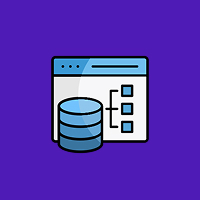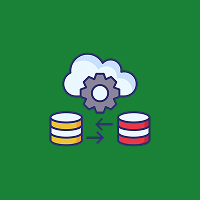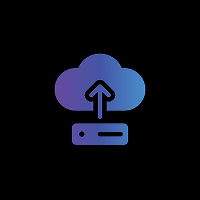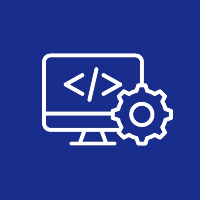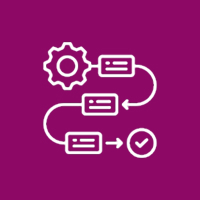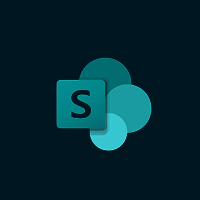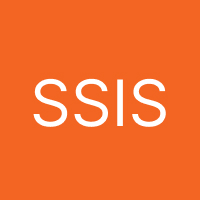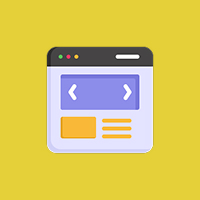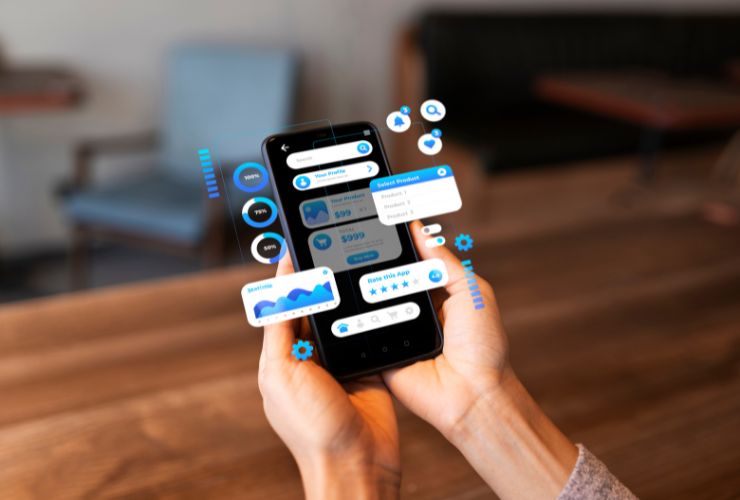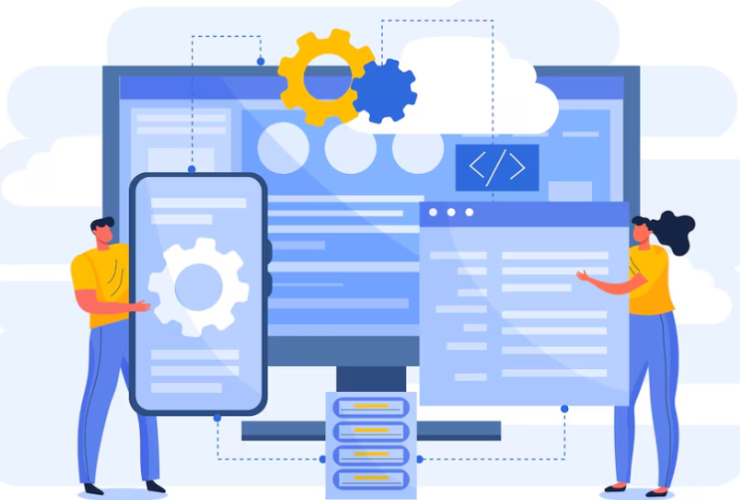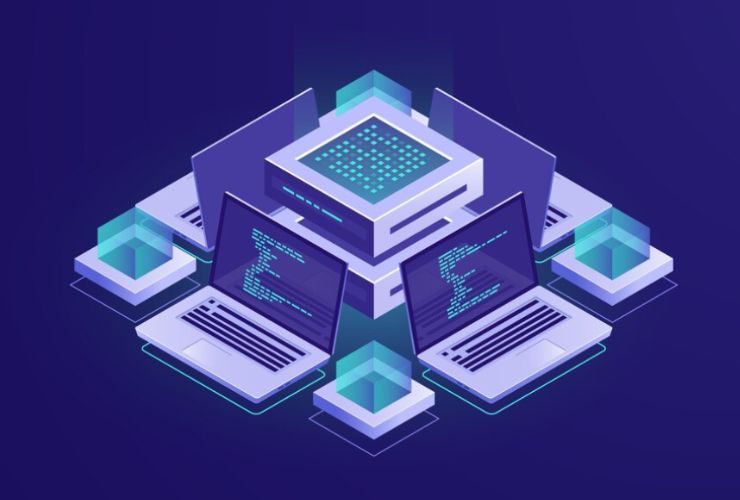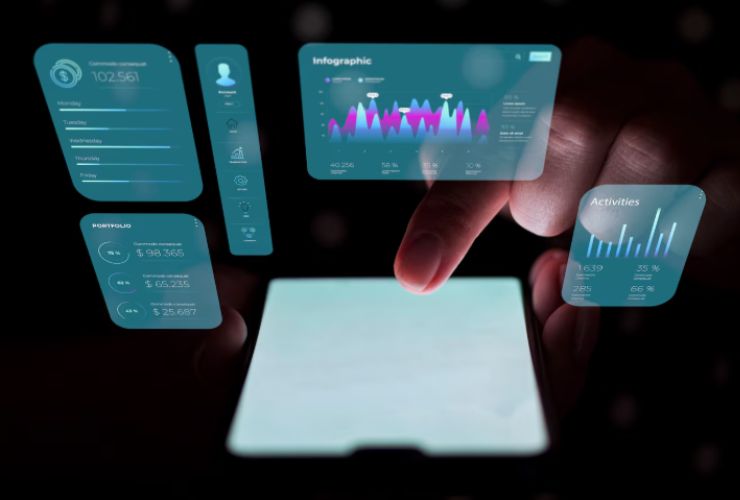Machine learning is transforming mobile applications, enabling advanced features such as personalized recommendations, predictive text, image recognition, natural language processing, and augmented reality experiences. iOS developers can leverage Core ML, Apple’s machine learning framework, to integrate pre-trained or custom models into apps efficiently, delivering intelligent, responsive, and data-driven functionality to users.
One of Core ML’s biggest advantages is on-device execution. Running models locally ensures faster performance, reduced latency, and enhanced user privacy since sensitive data does not need to leave the device. This allows developers to create apps that are not only powerful but also secure and reliable.
Reasons to Incorporate Core ML in iOS Applications
1. Local Machine Learning
Core ML enables machine learning models to run directly on iPhones and iPads. This ensures minimal dependency on network connectivity, provides improved performance, and allows models to make predictions in real-time.
2. Increased App Intelligence
When Core ML is present, it allows your app to provide more personalized and adaptive experiences:
- Recommendations of products or content based on expected user behavior
- Adaptive user interfaces based on expected user preferences
- Predictive text in message or search input
3. Security and Privacy
Core ML can be used to run predictive models with all sensitive user data remaining on the device. This follows some of Apple’s strong privacy recommendations to keep sensitive data on the device rather than transmitting to external servers which increases the risk of a data breach.
4. Built-in iOS Integration
Core ML also can be used with Swift and Objective-C easily integrate with other Apple frameworks offering tasks like Vision, Natural Language, Sound Analysis, and Create ML which allow developers to build multi-modal AI features with relative ease.
How to Use Core ML in your iOS App
1. Find or Train a Machine Learning model
- This could be a pre-trained model, such as those offered by Apple or others.
- Custom models can be made using either Create ML or a Python-based framework.
- All models need to be converted to a Core ML compatible .mlmodel format.
2. Add the Model to Xcode
- After you have the .mlmodel file, it can simply be dragged into your project.
- Xcode will generate a Swift class, which contains everything that must be done to use the model.
3. Predict and Use Model in Your App
- First you will create an instance of your generated model class.
- Next, if necessary, you perform any data preparation; e.g. providing images, text or numeric inputs.
- Afterward, you will use the generated model class to get predictions from your inputs, this then enables really exciting enhancements to your app.
Examples:
- You can use image recognition in a photo or AR app.
- You could use it for predictive text and for autofill/correct in a messaging app.
- You might use it for sentiment analytics on reviews, comments or social media commenting systems.
- You could also use a core ml model for real-time object detection in AR applications.
4. Make it Work for Performance
- You will want to consider the performance of your model, which includes size and complexity, to have a good inference time.
- You will want to handle processing multiple images in a single batch to run predictions against your model.
- You may want to use Apple’s Accelerate (or Metal Performance Shaders) frameworks to do any numerical computations and GPU acceleration.
Core ML Advanced Use Cases
- Augmented Reality (AR): Use ARKit and Core ML together to enable user-friendly object recognition in real-time and other interactive AR experiences.
- Healthcare Apps: Use Core ML to perform a vast array of tasks such as symptom analysis, medical image classification, and health monitoring.
- Retail & E-Commerce: Predict user behavior, personalize recommendations, and optimize inventory suggestions using Core ML.
- Financial Services: Use Core ML models to support fraud detection, predictive modeling, and risk assessment.
Benefits Core ML
- Fast Inference: Models will run quickly on-device, avoiding network delays.
- Cross-Framework Support: Core ML works with Vision, Natural Language, and Sound Analysis frameworks when integrating into your app.
- Scalability: Models can be switched out or updated, while the app redesign will be minimal.
- Improved User Experience: Integrating Core ML will give your app intelligent, adaptive, and responsive features.
- Energy Efficiency: Optimizing models for Apple hardware will have minimal impact on battery life.
Core ML Integration Best Practices
- Select light-weight models when deploying to mobile devices to reduce latency and limitations on battery life.
- Testing models on real devices with real users in real-world situations will measure performance correctly.
- Combined with other Apple frameworks like Vision or Natural Language, Core ML provides multi-modal AI solutions.
- Regularly update models to improve accuracy, enhance the user experience and adapt to new user behavior patterns.
Final Thoughts.
Incorporating Core ML in iOS applications provides developers and their users with intelligent, responsive, and personalized experiences. Core ML facilitates on-device machine learning for use cases from image recognition and predictive analytics to AR-driven plumbing applications, while providing speed, privacy, and reliability.
As a result, it allows iOS application developers to remain competitive in today’s rapidly evolving mobile application marketplace, providing the delivery of innovative capabilities that delight users while preserving user privacy and providing performance. Core ML gives iOS application developers the extreme capabilities to leverage machine learning experiences, which could range anywhere from retail, healthcare, or even the next version of AR experience.
Contact Us Today









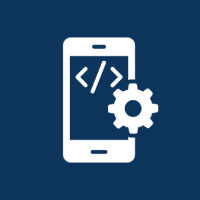



 Database Development
Database Development








